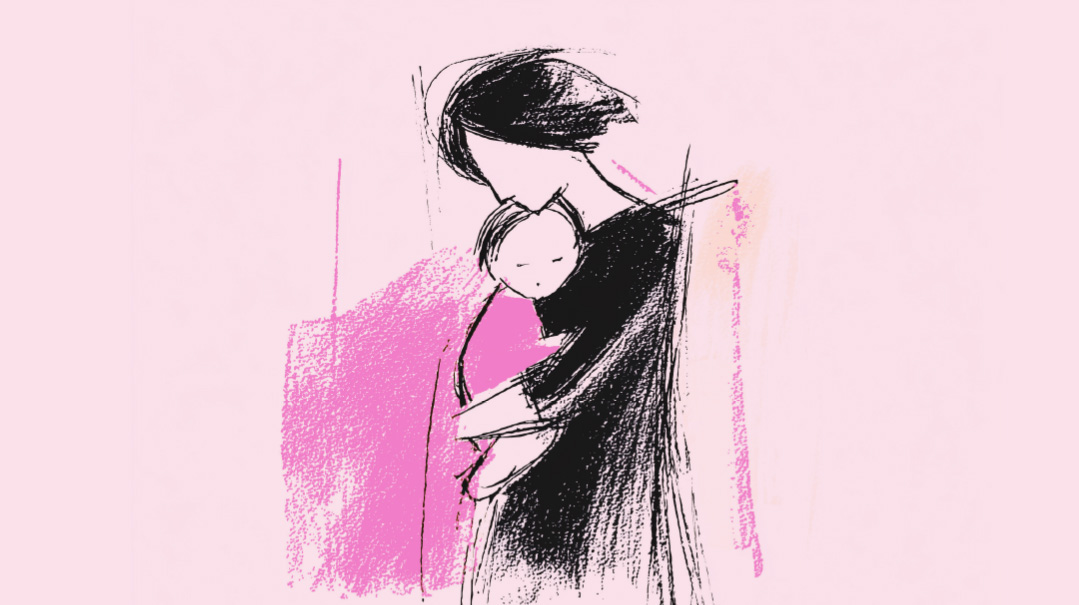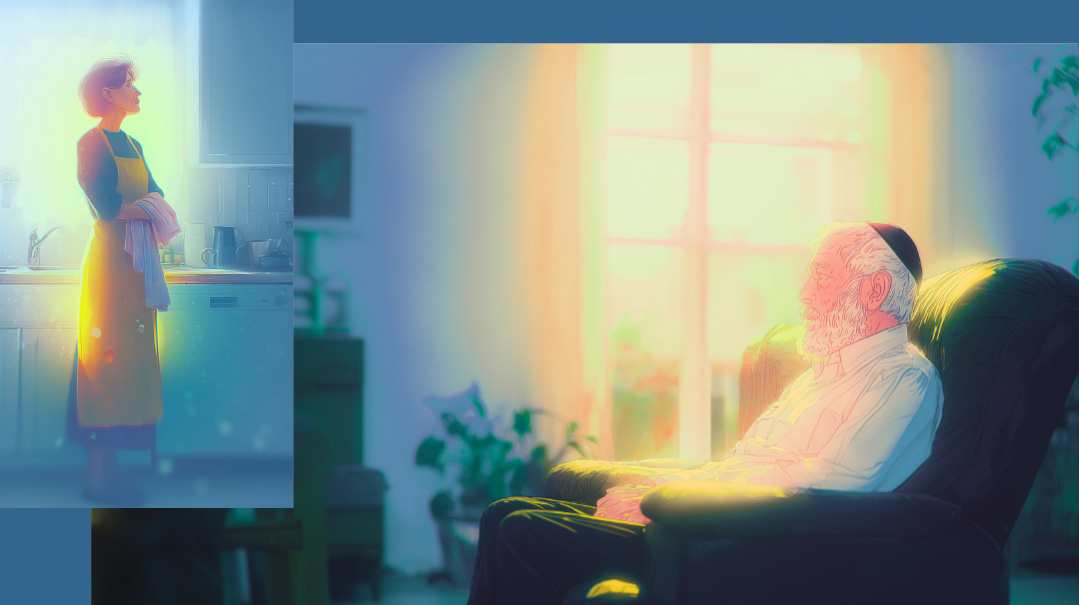Guiding Lights


At the simplest level, the Torah tells us the story of where we come from. But on a deeper level it also tells us where we’re going and who we are.
Family First asked women from all walks of life to share which figure from Tanach most resonates with their life’s journey. What about this person’s story speaks to the challenges we face today? What is the key takeaway from their life?
In a remarkable display of the richness of Torah, many respondents named the same figure, but each connected to a different aspect of their life.Wherever we are on our life’s journey, there’s a prototype in the Torah who can teach us about our mission right now
Yaffa Palti is the rebbetzin of Aish San Diego. She teaches and works full-time in kiruv.
I grew up in a frum community in Brooklyn, then married and moved to Yerushalayim, where my environment was even more intensely frum.
Then I moved to Mexico.
We came blazing with idealism to spread Torah, but it was a huge adjustment for me. I didn’t speak the language, and I couldn’t connect to anyone. I felt as if I’d lost my identity. I was desperate to feel relevant, I wanted to give, but no one there was able to receive. Everything I’d previously been involved in — teaching, acting, singing — was contingent on speaking the language. I was a social butterfly with my wings cut off.
One day, when I was feeling very sorry for myself, an email blast landed in my inbox. It was from an acquaintance back in Israel. Someone we knew was very sick. Would I participate in a taanis dibbur as a zechus for her refuah sheleimah?
I burst into tears. I’d been in a virtual taanis dibbur for months already! I hadn’t spoken to a soul outside my family.
That email got me thinking, though. Social media wasn’t a thing yet back then, but I realized I could use email to connect with people and teach Torah at the same time — a win-win situation. I decided to start writing a weekly email on the parshah.
The first week of my new project was parshas Lech Lecha. As I looked through the parshah, I was struck by something I’d never noticed — the famous phrase “lech lecha” actually appears twice. I’d been learning parshah since kindergarten, some 25 years by then, and never noticed that before.
The first time is the famous one — leave your land, your birthplace, your father’s house. The second time, fascinatingly, is in reference to the Akeidah — “go to the land of Moriah.”
After puzzling it over for some time, I thought I had the answer. The first time, Hashem commanded Avraham to leave his past behind and move forward. But the second time, He commanded Avraham to abandon his future! By bringing Yitzchak as a korban, Avraham was effectively cutting off all his hopes for the future.
The second “lech lecha,” I realized, is Hashem telling Avraham that we need to serve Him in whatever way He asks, not with our own assumptions about what the future will hold.
The message hit home. Hashem was telling me, “Previously, you served Me in your own milieu, in your comfort zone, as a popular educator. Now let’s see what you can do when I take it all away.”
(Excerpted from Family First, Issue 645)
Oops! We could not locate your form.







